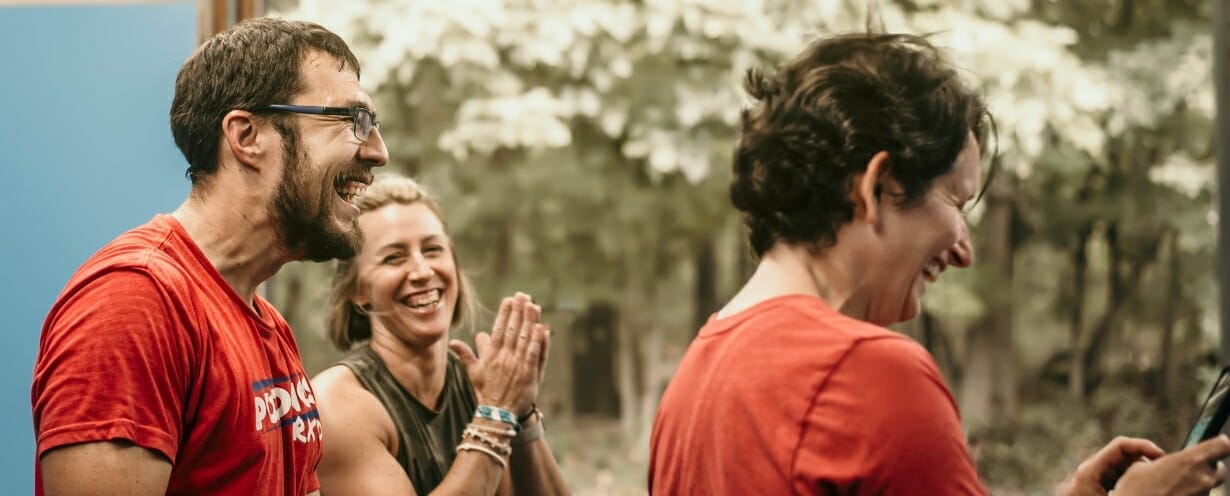-
01
IntroGet started by booking your free intro.
-
02
PlanTalk with a coach and make a plan.
-
03
ResultsStart training, follow your program and get results.
Getting started is easy at the best gym in Mountain Top, PA
At Achieve Wellness & Fitness in Mountain Top, PA, we believe that the path to reaching your goals starts with an actionable plan. Talk with one of our expert coaches to learn more about which program style will fit your lifestyle. Join our gym to get results that last.
Fill out the form below to get started
Take the first step towards getting the results that you want
Mike’s Story
My favorite thing about your gym is the family atmosphere and the personalized attention to each program that you give.
Leslie’s Story
My favorite thing about your gym is the personal attention, the community and your ability to make working out fun.
Caitlin's Story
Joining Achieve was the best thing I ever did! It was more than I even expected. I've noticed I am stronger than I was before.
Achieve your goals with us
Take the first step in becoming your own success story.
Fill out the form below to get started
Take the first step towards getting the results that you want

